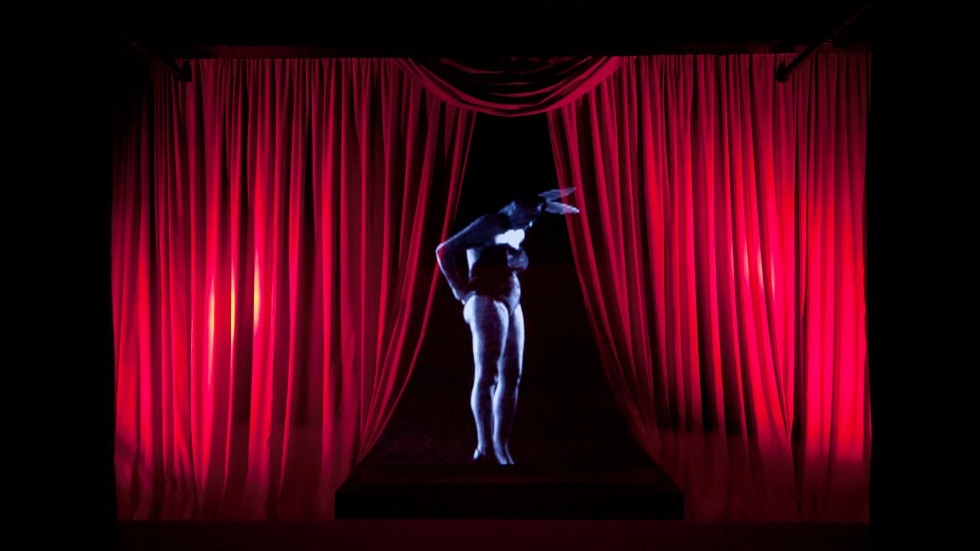Lincoln, Lonnie and Me—A Story in Five Parts
Carrie Mae Weems: Varying Shades of Brown
September 18-December 3, 2023
Lincoln, Lonnie and Me—A Story in Five Parts
Carrie Mae Weems: Varying Shades of Brown
September 18-December 3, 2023
 Play
Play
Lincoln, Lonnie and Me — A Story in Five Parts, 2012. Video installation and mixed media. ©Carrie Mae Weems. Courtesy of the artist and Jack Shainman Gallery, New York. Video by Holly Gaboriault.

Lincoln, Lonnie and Me — A Story in Five Parts, 2012. Video installation and mixed media. ©Carrie Mae Weems. Courtesy of the artist and Jack Shainman Gallery, New York.

Lincoln, Lonnie and Me — A Story in Five Parts, 2012. Video installation and mixed media. ©Carrie Mae Weems. Courtesy of the artist and Jack Shainman Gallery, New York.

Lincoln, Lonnie and Me — A Story in Five Parts, 2012. Video installation and mixed media. ©Carrie Mae Weems. Courtesy of the artist and Jack Shainman Gallery, New York.

Lincoln, Lonnie and Me — A Story in Five Parts, 2012. Video installation and mixed media. ©Carrie Mae Weems. Courtesy of the artist and Jack Shainman Gallery, New York.
About
In Carrie Mae Weems’ video installation Lincoln, Lonnie and Me—A Story in Five Parts (2012), a series of life-size, ghostly figures materialize and vanish onstage in a haunting narrative that evokes both the specter and the spectacle of history. Framed by red theater curtains, the eighteen-minute video opens with Weems reciting Abraham Lincoln’s Gettysburg Address as the president’s phantom form appears, followed by a reenactment of John F. Kennedy’s assassination. Archival film footage from the 1960s documents a civil rights bus boycott and a white supremacist rally, while artist and activist Lonnie Graham discusses the challenges of confronting prejudice through social dialogue. Weems herself appears, first in the guise of a vaudeville trickster contemplating revenge (imagery that also appears enlarged on the gallery walls) and later donning an ill-fitting Playboy bunny costume. Dancers, a boxer, and other performers emerge throughout, often enshrouded in smoke that amplifies their shadowy appearances.
The installation’s phantasmal imagery is the result of the Pepper’s Ghost illusion technique. Invented by the English scientist John Henry Pepper in 1862 and popularized through the theater, the effect uses spotlights and glass to project a ghostly image of an off-stage actor. In Weems’ version, live actors are replaced by a video projection and a soundscape that ranges from gospel blues to Urge Overkill’s cover of Neil Diamond’s “Girl, You’ll Be a Woman Soon.” Weems’ use of the nineteenth-century technique complements her exploration of the reverberations of history within our present moment. By presenting these vignettes in a theatrical and spectral format, Weems prompts us to consider how concepts of history, culture, race, and gender are constructed and perpetuated within the American imaginary.